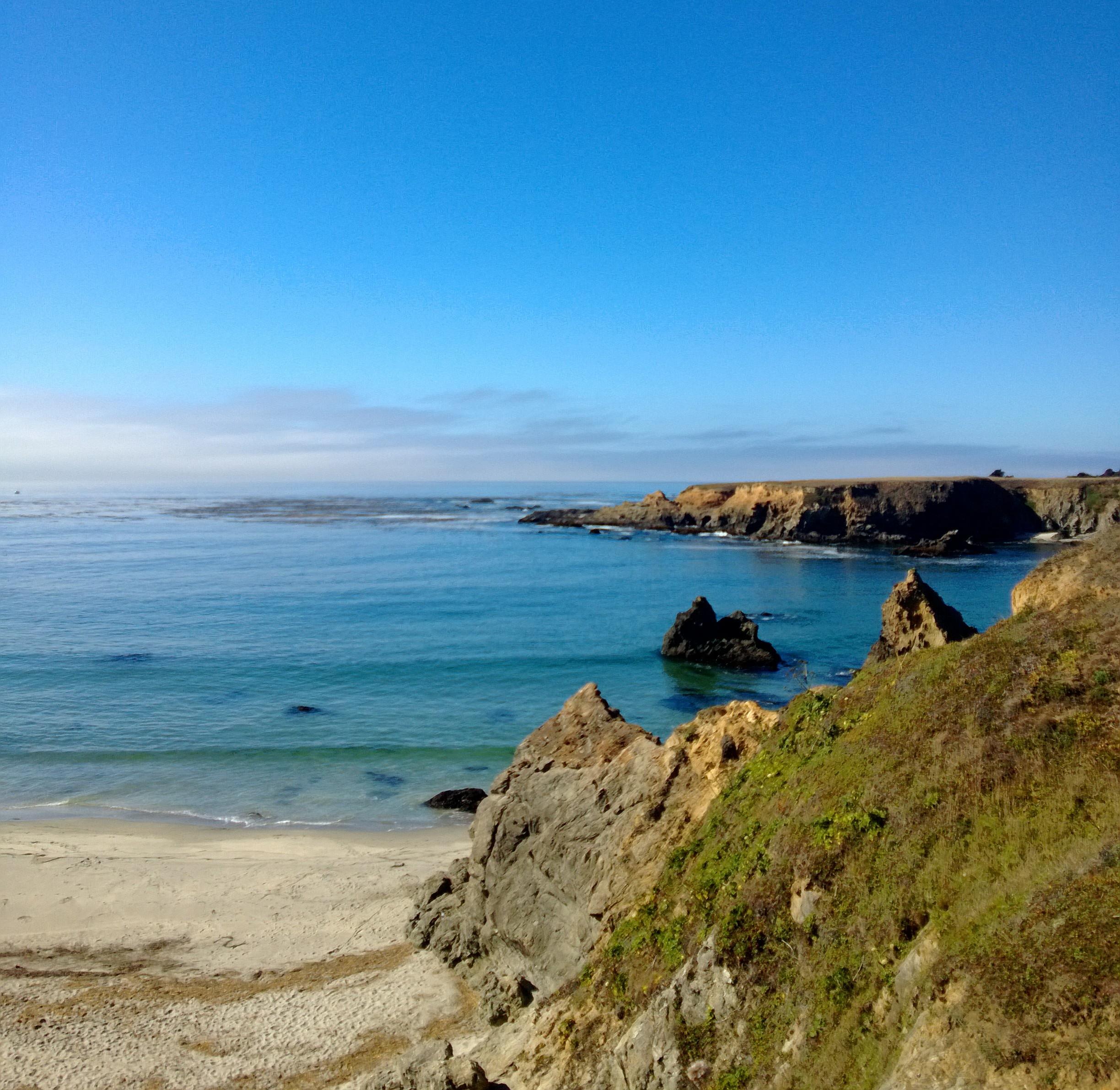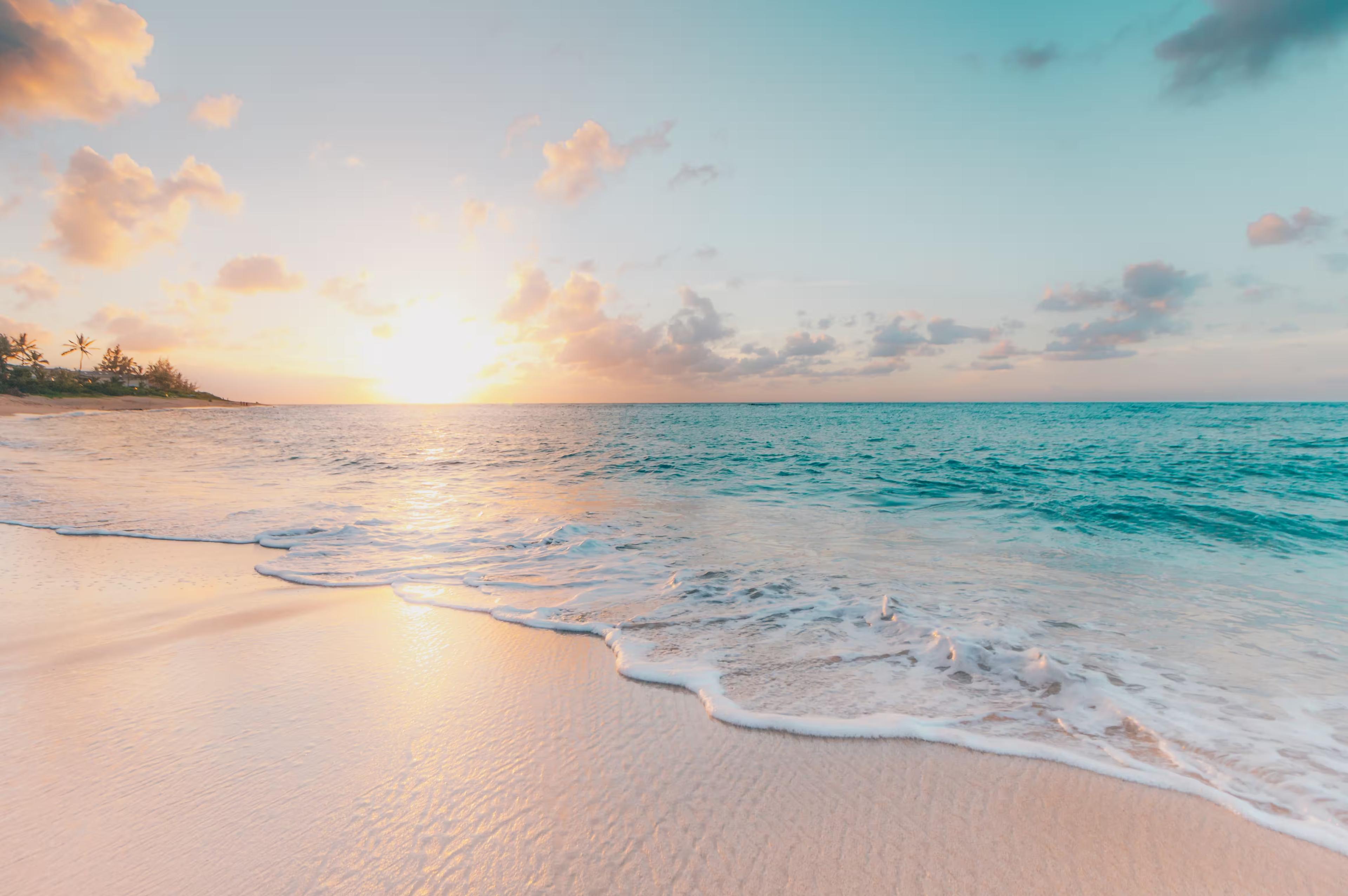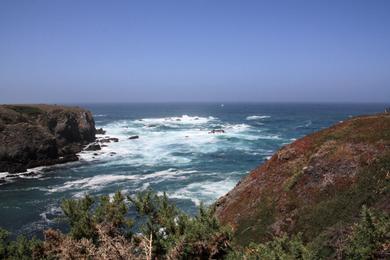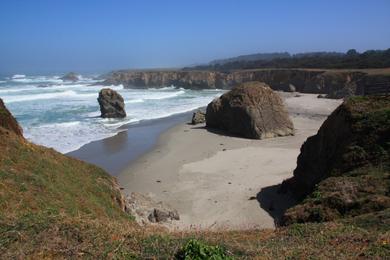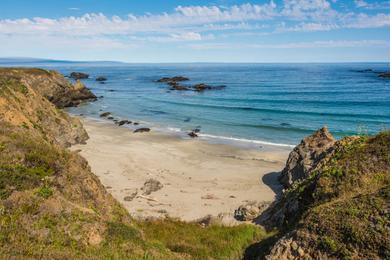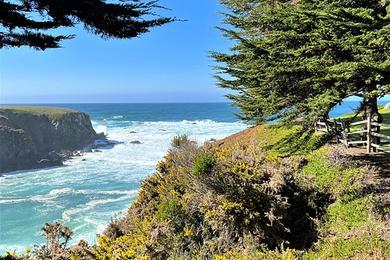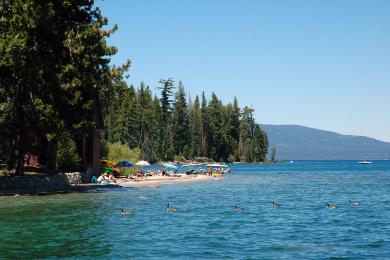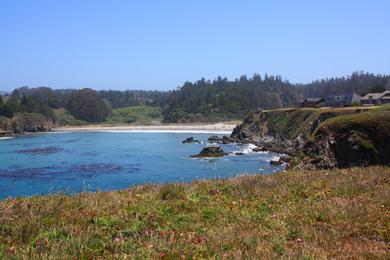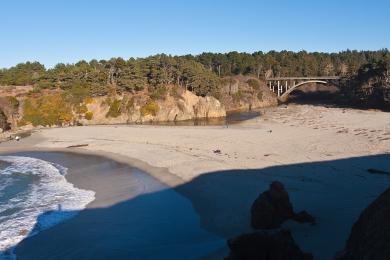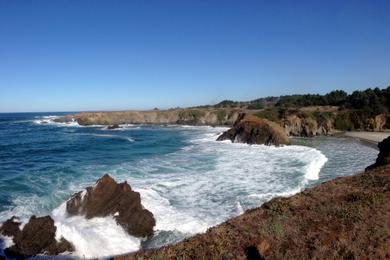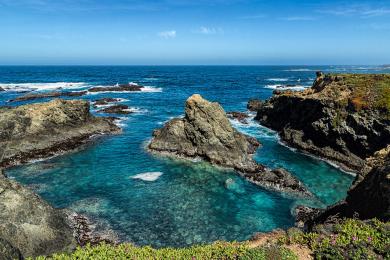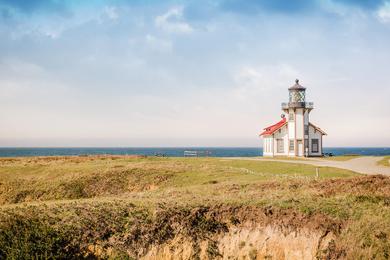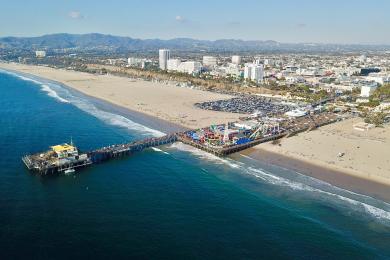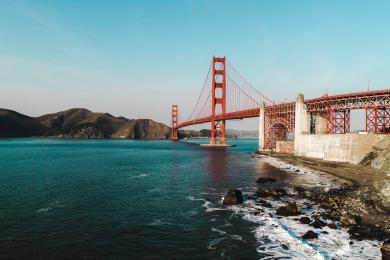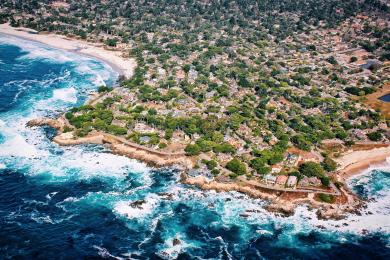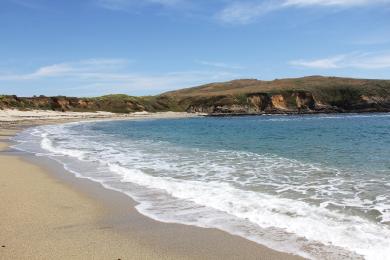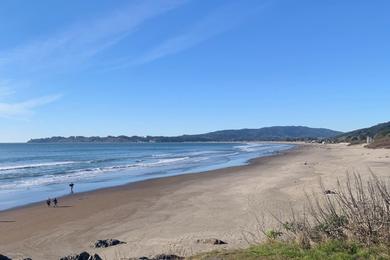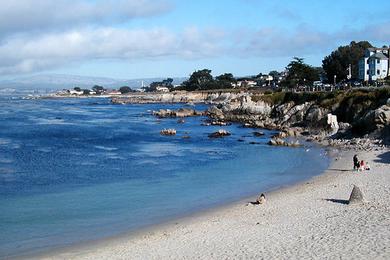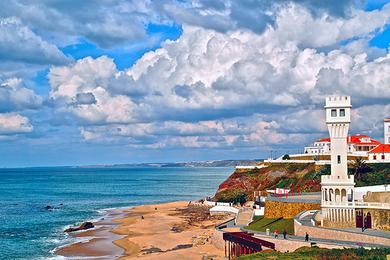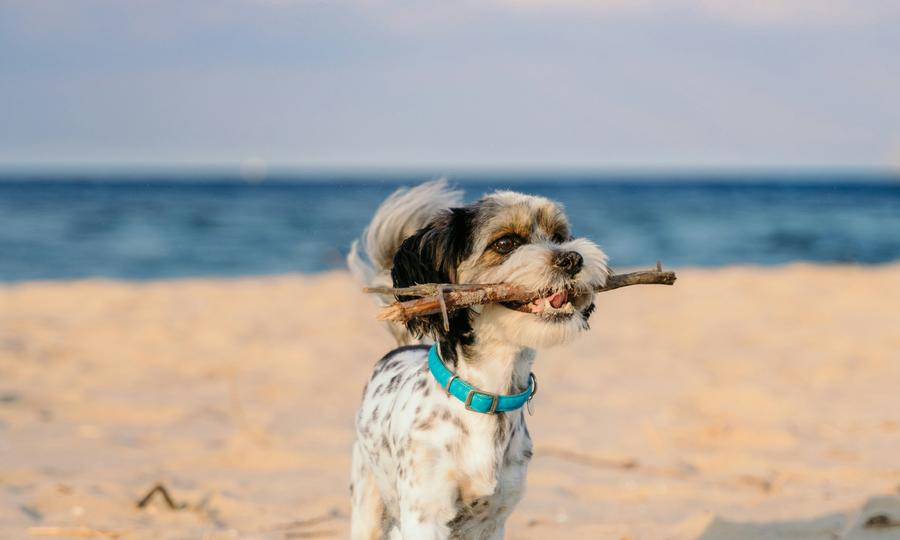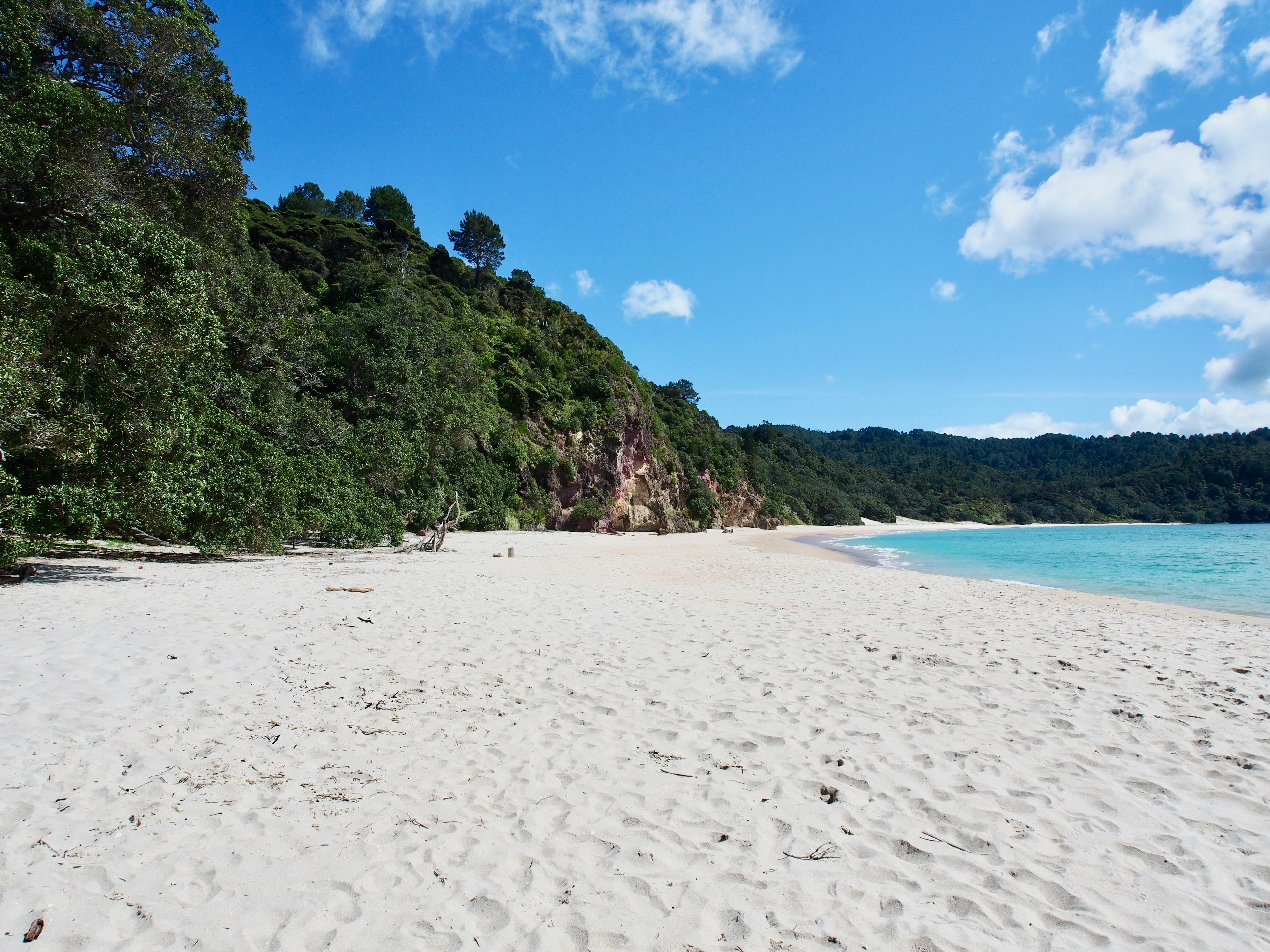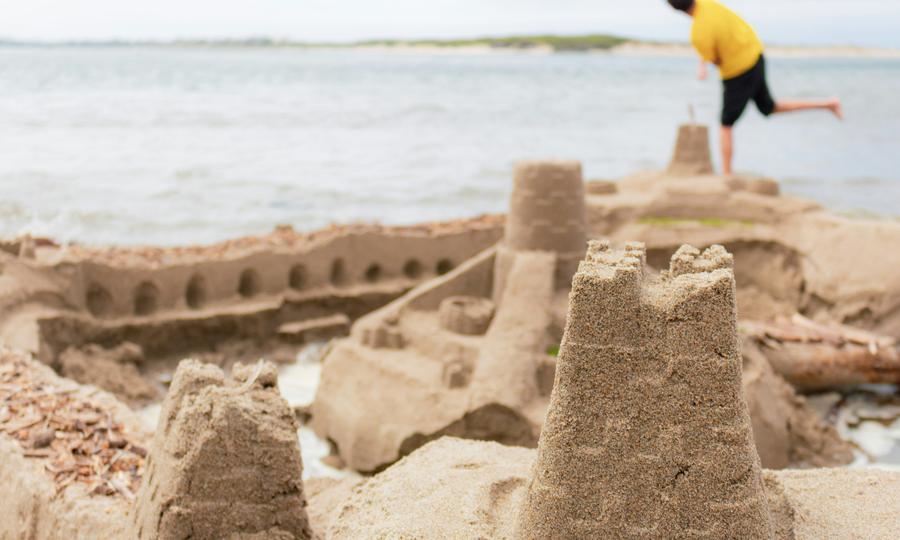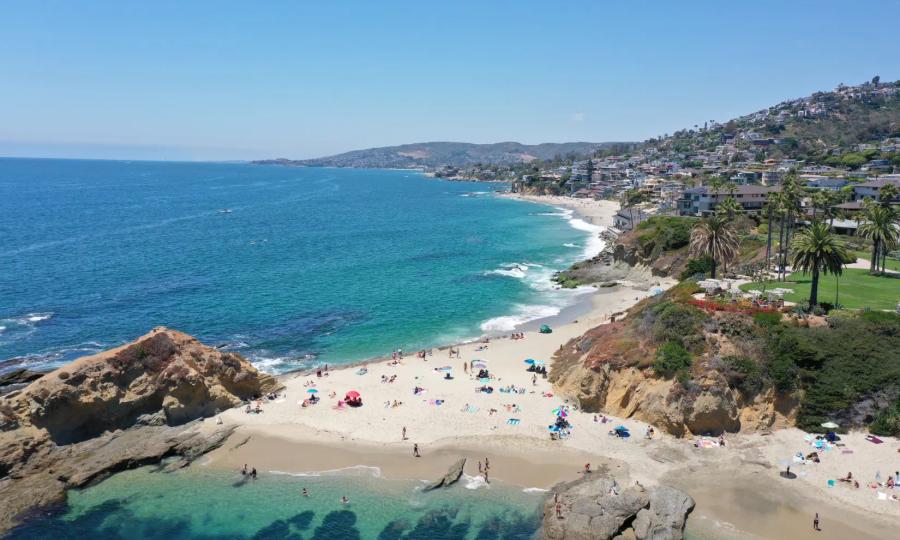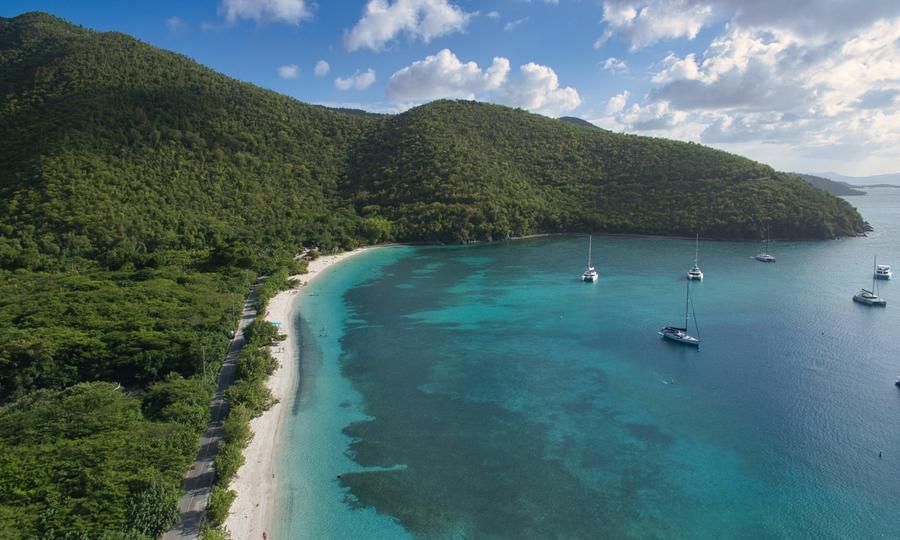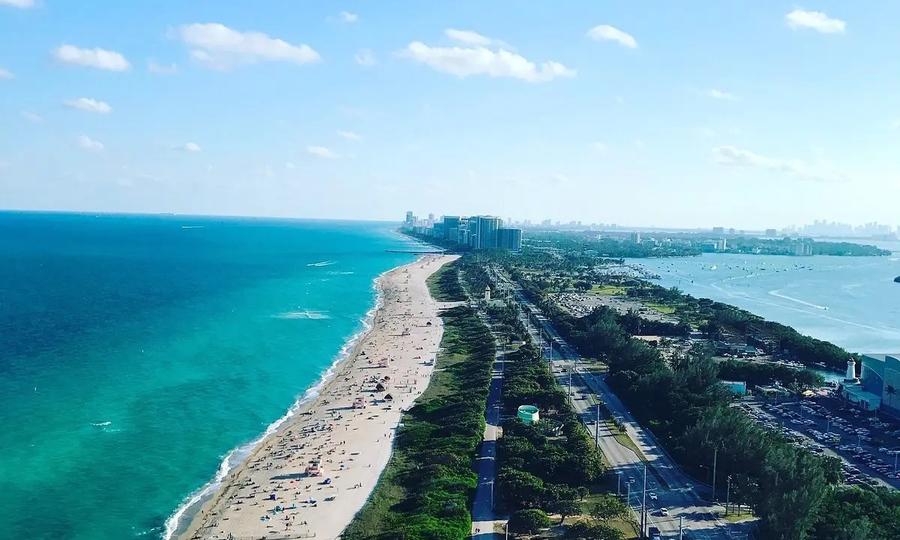The beach in Jug Handle State Natural Reserve offers many fun activities including beachcombing, sunbathing, wildlife watching, swimming, scuba diving, snorkeling, fishing, surfing, kitesurfing, windsurfing, bodysurfing, boogie-boarding, paddleboarding, kayaking, canoeing, boating, and jet skiing. If you are planning to go into the water near the beach in Jug Handle State Natural Reserve, we recommend being careful as it can have cold temperatures and dangerous rip currents. The water near the beach is home to many animals including seals, sea lions, and migrating grey whales (between December and April). In addition, the beach in Jug Handle State Natural Reserve is a great scuba diving spot - divers can explore the rocky reefs and the kelp beds around the beach that are home to a vibrant array of fish and invertebrates including cabezon, rockfish, various types of abalone, nudibranchs, sponges, anemones, greenlings, and kelpfish. The significant presence of abalone and fish in the water near this beach also makes it a popular beach for fishing. The blufftop area around the beach has hiking trails to explore the rugged northern California shoreline. In addition, the blufftop area above the southern part of the beach offers an incredible view of an offshore rocky archway known as "Jughandle." As an interesting fact, Jug Handle State Natural Reserve is named after the jug handle-like bent shape of an old road that used to be present across the Jug Handle Creek.
There are many other hiking trails in Jug Handle State Natural Reserve that offer a unique insight into the local geography and biodiversity. The most famous hiking trail in this reserve is the two-and-a-half miles long Jug Handle Ecological Staircase Trail, which visitors can use to explore three out of five successive naturally formed terraces, each terrace having its own unique flora and fauna. These terraces were carved via changes in the regional tectonic plates and water levels. The first terrace has grasslands and wetlands and the second terrace has a woodland fir tree forest and many beautiful flowering plants. In addition, the third terrace has a pygmy forest (known as the Hans Jenny Pygmy Forest) consisting of Bolander pine, dwarf manzanita, and pygmy cypress trees. The size of the trees present in this terrace can be mainly attributed to the unique soil here which has very few nutrients. This pygmy forest was designated as a National Natural Landmark in 1969.

